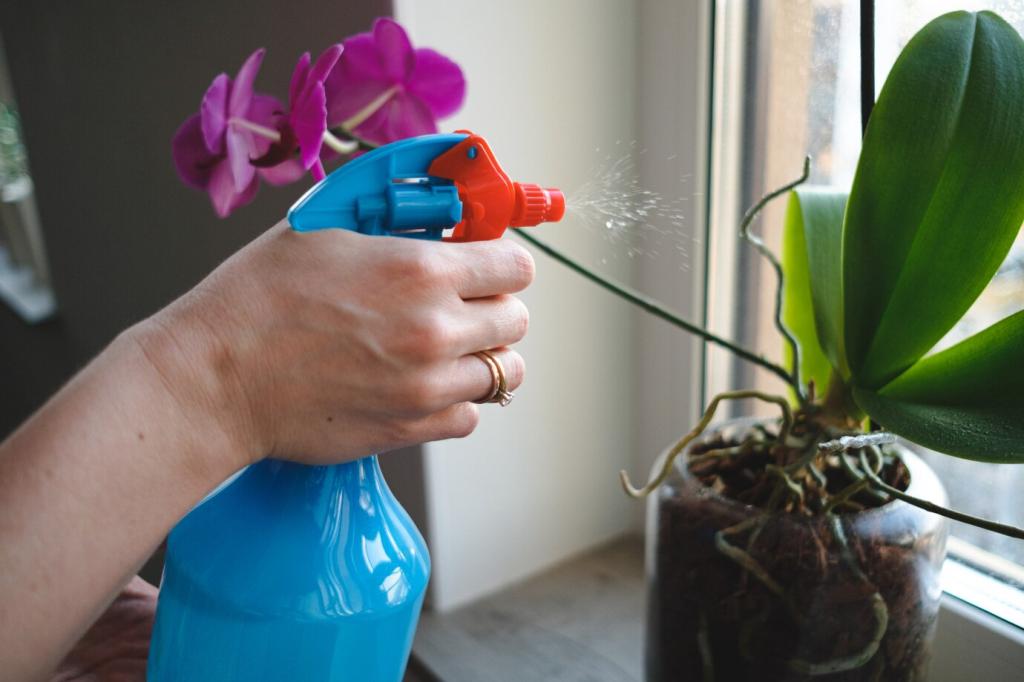Nurture Wood, Honor Earth: Earth-Friendly Wood Conditioning Oils
Chosen theme: Earth-Friendly Wood Conditioning Oils. Welcome to a warm, practical guide for people who love timber and the planet alike. Learn how plant-based, low-impact oils revive wood’s depth and grain while keeping your home’s air and conscience refreshingly clear—subscribe and join the conversation.

What Makes an Oil Truly Earth-Friendly?
Earth-friendly wood conditioning oils start with crops like flax, tung, and hemp—renewed annually rather than mined or synthesized from fossil fuels. Their carbon footprint is lower, their supply chains are traceable, and their chemistry respects both surfaces and soil.
Volatile organic compounds can linger long after finishing day. Choosing low-VOC or zero-VOC natural oils reduces headaches, odors, and irritants, creating a safer workspace and home environment. Your wood glows, and your living room feels breathable and calm.
When rags, scraps, or leftover finish reach their end, biodegradable oils return gracefully to nature. They break down more readily than petrochemical finishes, lowering ecological burden. Responsible disposal and safe rag storage still matter—safety and sustainability go hand in hand.

Ingredient Spotlight: Linseed, Tung, and Hemp
Linseed Oil from Flax
Pressed from humble flaxseed, raw or polymerized linseed oil penetrates deeply, warming tones and revealing grain drama. Its slow cure invites patience, but the reward is a resilient, food-safe finish when fully cured, ideal for cutting boards and heirloom pieces.
Tung Oil’s Durable, Water-Resistant Film
From the tung tree’s nut, this oil polymerizes into a flexible, water-resistant finish prized by boat builders and furniture restorers. Pure tung oil, applied in thin coats, resists white rings and offers a mellow sheen that feels silky rather than plasticky.
Hemp Oil’s Quick Nourishment and Low Odor
Naturally low in odor and easy to apply, hemp oil refreshes dry or chalky finishes without heavy solvents. It is a favorite for reviving vintage finds, saturating thirsty fibers, and adding a satin glow while keeping the process gentle on noses and nature.



Story: An Oak Table, A Summer, and A Greener Finish

Emma inherited an oak table dotted with sun-faded patches and coffee rings. She wanted to honor family dinners and childhood drawings etched into the surface without sealing the wood beneath a plastic shell or filling her apartment with harsh fumes.


DIY Blends and Safer Solvents
When thinning is essential, choose safer options derived from citrus or modern low-odor esters with verified low VOC content. They help oils flow into dense grain while keeping smells manageable and cleanup kinder. Always ventilate well and store rags safely after use.
DIY Blends and Safer Solvents
For subtle build and fingerprint resistance, blend a modest percentage of plant-based waxes like candelilla or carnauba. Melt into oil gently, apply thinly, and buff to a satin glow. The result retains wood’s feel while improving scuff resistance and tactile elegance.
Sourcing and Certifications You Can Trust
Look for full ingredient disclosures and accessible safety data sheets. Clear labeling about solvents, VOC content, and curing chemistry demonstrates respect for your health and the environment. Brands that share testing results earn long-term trust and repeat use.
Seek credible indicators like USDA BioPreferred listings, GREENGUARD certifications, or third-party VOC testing. While no single seal tells the whole story, multiple verifications combined with plant origin claims help separate honest products from vague greenwashing.
Prefer recyclable metal tins, minimal plastic, and responsible shipping practices. Local or regional sourcing reduces transport emissions. When you find a thoughtful supplier, tell us in the comments—your recommendations help others choose better, faster, and with confidence.
Care Schedules and Community Wisdom
Seasonal Refresh Without Overcoating
Instead of heavy annual reapplications, wipe surfaces with a lightly oiled cloth when luster fades or water stops beading. Less is often more. Gentle, periodic care keeps pores open, color balanced, and finish layers thin, natural-feeling, and easy to refresh.

